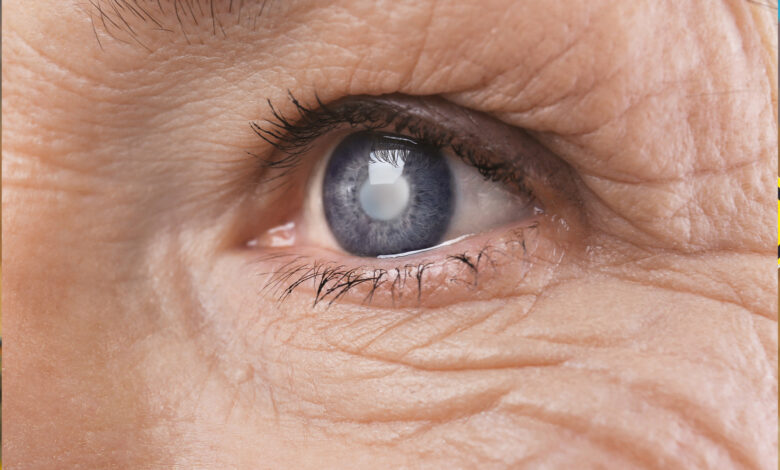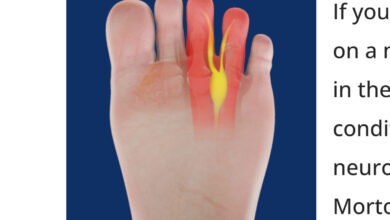CATARACTS: Why Can’t I See at Night?

The human eye is an amazing organ. We all know how precious the gift of sight is and how losing one’s vision profoundly affects quality of life. In addition to the retina (the complex layer of cells that sends visual images to the brain), the lens has an important role in determining the quality and clarity of the images we see. The human lens is a somewhat elliptically-shaped structure made up of multiple onion-like layers of protein material (cytosine) surrounded by a protective capsule. It sits just behind the cornea and iris, and its front surface is flatter than the back. Visual images (light rays) pass through the cornea then through the transparent lens where they are sharpened (focused). Due to the lens’ ability to change shape, a focused image passes on to the retina for processing in the brain.
“Exposure to the intense light of the sun (both UV-A and UV-B rays) can pose a particular hazard to the lens….and exposure to UV radiation from the reflection off of water, sand, or snow is particularly damaging to the lens of the eye….This phototoxic reaction causes a very early cataract.” Actually, the DNA within the lens’ protein is damaged by UV radiation.
Cataracts are a very common condition. They affect the vision of a huge percentage of the population over age 40 and are the principal cause of blindness in the world. Cataracts are a slowly progressive clouding of the lens of the eye, and “any modification in the clarity of the lens will degrade the quality of the image presented to the retina and greatly affects visual perception.” As we age, the flexibility of the lens decreases and visual images become less distinct. Aging is the major cause of clouding of the lens because, with age, the proteins (DNA) within the lens break down and clump together. Over years, the clouding in the lens worsens, becomes denser and more widespread. This clouding scatters and blocks light as it passes through the lens and images become blurred because the lens is no longer able to sharpen images picked up by the retina.
Cataracts usually develop in both eyes but not necessarily equally or at the same time. It’s not unheard of to have cataract surgery in one eye only. Diabetes, high blood pressure, smoking, excessive alcohol consumption, eye injuries, prolonged sun exposure, corticosteroids (cortisone), and heredity are other important causes of early cataract formation, but most simply develop because the lens gets old. When cataracts “mature” or “ripen,” ie. become worse, the eye surgeon may then recommend removal.
Types of Cataracts Include:
Subcapsular cataracts occur at the back of the lens. These are common in diabetics or
those taking high doses of steroids.
Nuclear cataracts form deep in the central zone (nucleus) of the lens and are due to aging.
Cortical cataracts are white, wedge-shaped opacities that start in the periphery of the lens
and work their way to the center like spokes.
Secondary cataracts develop after cataract surgery. The capsule around the lens, which is
left behind during cataract surgery, becomes cloudy and blurs the vision.
Congenital cataracts are present at birth and may be genetic, associated with intrauterine
infection or trauma, or due to inherited diseases.
Symptoms: Cataracts always cause vision-related symptoms. Patients complain of blurry vision, cloudy vision, seeing double, trouble seeing at night, sensitivity to light, dullness of colors, seeing halos around lights, and frequent changes in eyeglass or contact lens prescription.
Diagnosis: Cataracts are easily diagnosed using the eye doctor’s fancy “slit lamp,” the ophthalmoscope (the hand-held thing the doctor uses up close to see in your eye), or by direct visualization. Some really dense cataracts can be seen by just looking at the patient’s eye. It’s the white thing in the center of the pupil.The need for surgical removal is determined by how much the cataract(s) affect the patient’s ability to see, especially at night, a determination the patient has to make himself.
The only treatment for cataracts is surgical removal of the damaged lens and replacement with an intraocular plastic lens containing a UV-A and UV-B filter to replace the focusing and filtering functions of the removed lens. There are all shapes, sizes, and types of intraocular lenses and people will claim theirs is state of the art and the latest thing. I say if you can see fine with whatever the ophthalmologist recommended and implanted, so be it! It doesn’t make much difference in my mind. There are “presbyopia-correcting IOL’s” which potentially help you see at all distances, not just one. But you may still will need reading glasses.
Depending on the surgeon’s preference, you may have both cataracts removed a day apart, or you may have to wait 2-4 weeks between eyes. I had one done, one day, and the other, the next and had no problems. You will need to put drops in the operated eye for several weeks after surgery to help prevent infection and keep the eye relaxed. My vision was immediately better, and for about two months I only needed reading glasses. But later, and ever since, I’ve needed corrective bifocals. My night vision, which was terrible before surgery, has been perfect since.
Is there anything you can do to prevent cataracts? Yes, you can wear wrap-around sunglasses that block both UV-A and UV-B rays to prevent both direct and reflective UV radiation from reaching the eye and damaging the lens. Eating fruits and vegetables helps by replacing the anti-oxidants produced by the lens which are lost through normal aging. Taking supplemental vitamin E and lutein have been shown to retard age-related cataracts as well. But since cataracts are an “age-related disease,” and there is nothing that stops aging, the development of cataracts is inevitable.
Dr. G’s Opinion: Cataracts are almost a fact of life. Just about everybody gets at least one. “Cataract surgery is very successful in restoring vision…and is the most frequently performed surgery in the United States.” Of the more than “3 million Americans undergoing cataract surgery every year…nine out of 10 people…regain good vision, somewhere between 20/20 and 20/40.” My feeling is there is no reason to delay cataract surgery once they are “ripe” and your vision is compromised. Cataract removal and intraocular lens implantation are very successful and rewarding procedures for patients. The benefits of improved visual acuity far, far outweigh any presumed risk from surgery.
References:
“Photobiology of the Human Lens,” J. Roberts, photobiology.info/Roberts
mayoclinic.org/diseases-conditions/cataracts/symptoms




